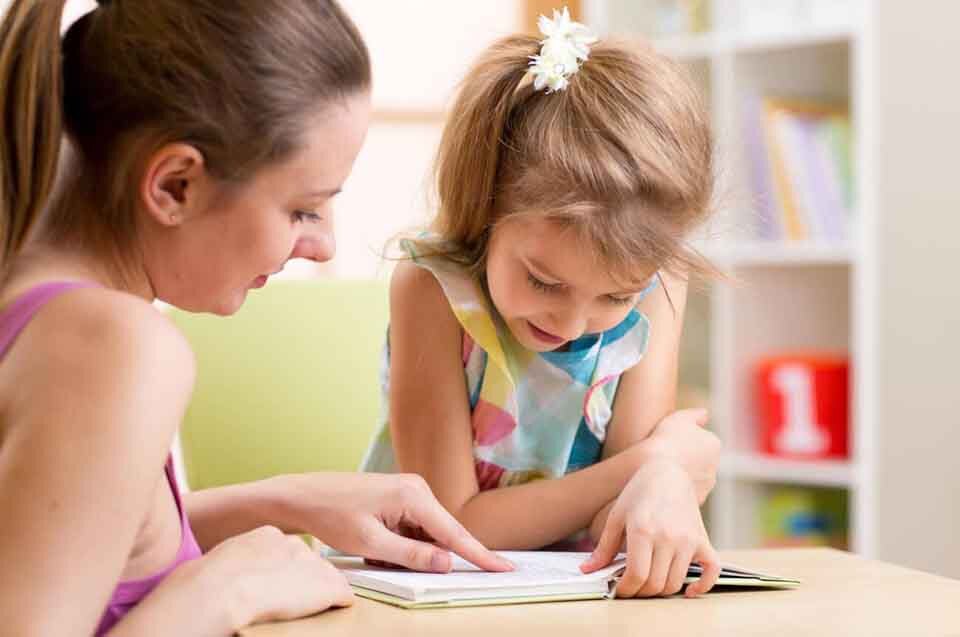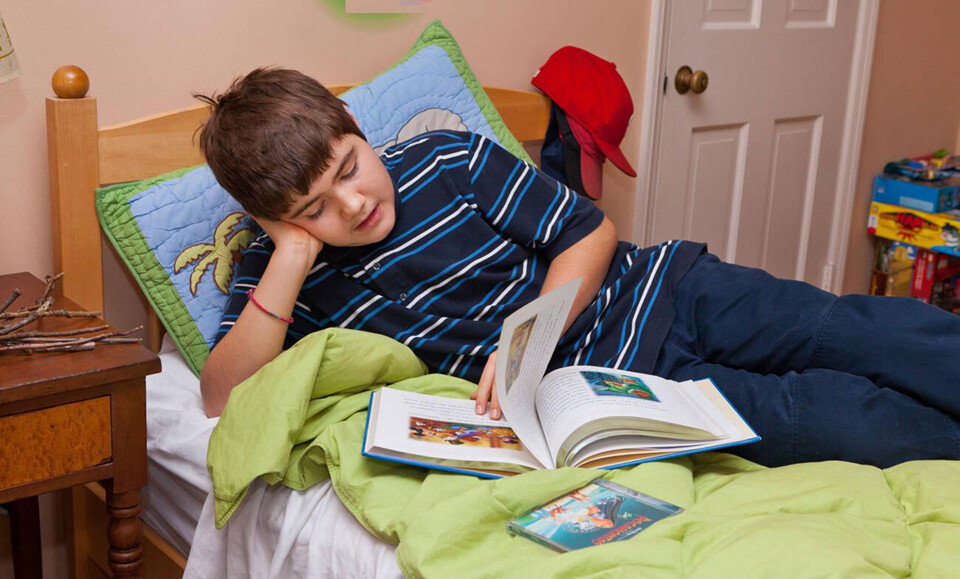Autism Spectrum Disorder, also known as simply Autism, is one of those things that if you don’t have it, it can be a little difficult to fully grasp until you’ve truly known someone with the disorder for a while. Even then, no two people are alike, as autism is a spectrum. So when it turns out that your child is autistic, you might have a little trouble either understanding them or getting them to understand you. The biggest one, of course, would be emotions.
One thing that people don’t seem to quite grasp is to what extent people with Autism can feel emotion. They can feel emotions just as well as many neurotypical people can, but it’s the expressing and understanding of emotions that really matters in this case. They also do not lack empathy, which is another one I hear often. Their ability to register social cues vary from person to person, and their ability to relate may be stunted due to a difference in thought process than neurotypical people, which is why they’re classed as “neurodivergent”.
People with ASD tend to have a hard time with both understanding and expressing emotions, and while you can’t quite expect your child to practice doing faces in the mirror to express themselves, you can help them to understand social cues, how others tend to feel towards certain actions, and also how to express themselves in a way others can grasp.
Big Reminders

Here are some things that you should really keep in mind while teaching emotions to your autistic child
- Praise is a must. While all children enjoy praise and should be given praise during big achievements, this is especially true for Autistic children who are learning emotions. Praise will allow them to remember and categorize emotions easier, as they’ll have a bigger signifier and reminder of what exactly are the markers of each emotion. So when your child figures something out on their own or gets something correct, this should be praised. It will help them to know what they’re doing right.
- You should also be teaching your child how to express themselves. Yes, autistic children can have a difficult time understanding emotions, but it’s also true the other way around. They tend not to be expressive, if at all. Feelings of anger or sadness may be tucked away behind a wall, which means joy and other positive emotions like it might not be viewed as well. The last thing you want is for it all to come out in a meltdown. You should find ways for your child to express themselves verbally, or through one of the methods I’ll show below.
- Be patient. This is a given. Remember that this isn’t your child’s fault, but neither is it yours. If you or your child get frustrated, always take a break and move forward another time.
- Remember that you are improving your child’s future. Most of our lives are based around social interactions, and the same will go for your child. Understanding emotions is essential for living a relatively normal life. The more you assist them in understanding how others feel, the more you work towards improving their future.
Categorizing Emotions
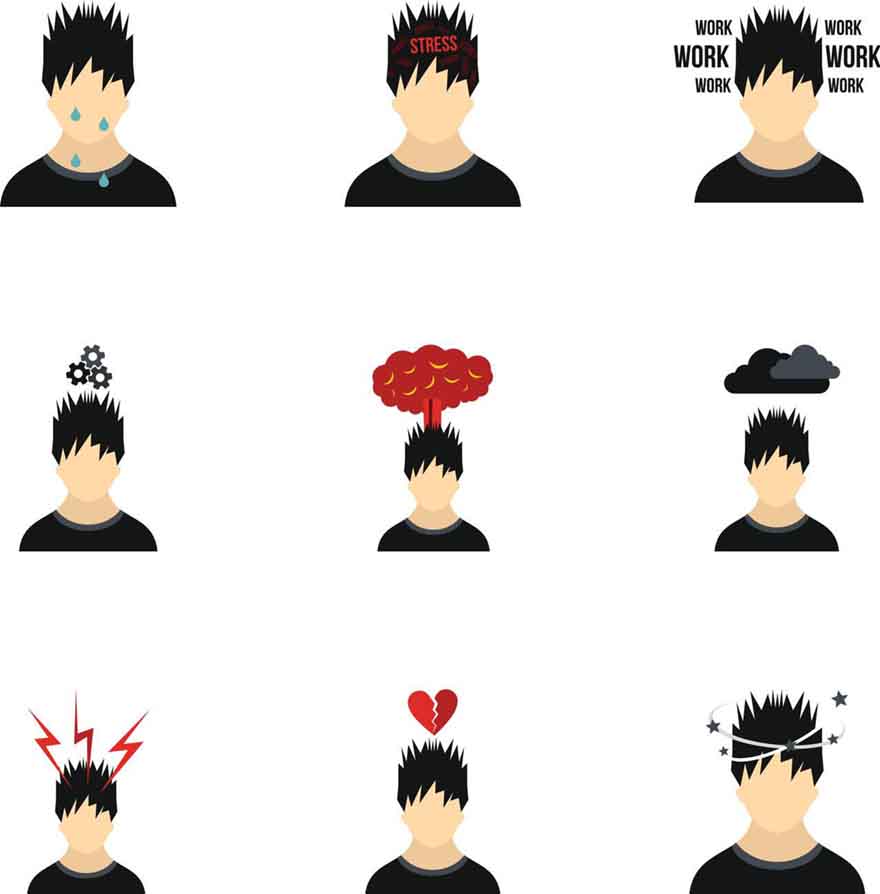
Categorizing emotions is a relatively easy process, as you usually just need to separate them into two sections: positive and negative. Positive emotions are ones like love, happiness, joy, excitement, and surprise. Negative emotions would be feelings such as anger, sadness, and fear.
Categorizing these feelings are the basic first step towards improving your child’s understanding of emotions. It teaches them how to identify certain feelings, and which ones you should stay away from. For example, teach your child how someone looks and acts when they’re sad, a negative emotion, and that said person is most likely emotionally hurt and is in need of comfort. It helps support the growth of empathy. Teach them how someone looks and acts when they’re happy, a positive emotion, and what sort of things can cause someone to be happy.
Categorizing emotions can be simple, but it really helps autistic children when it’s broken down in such a way.
Emotion Picture Cards
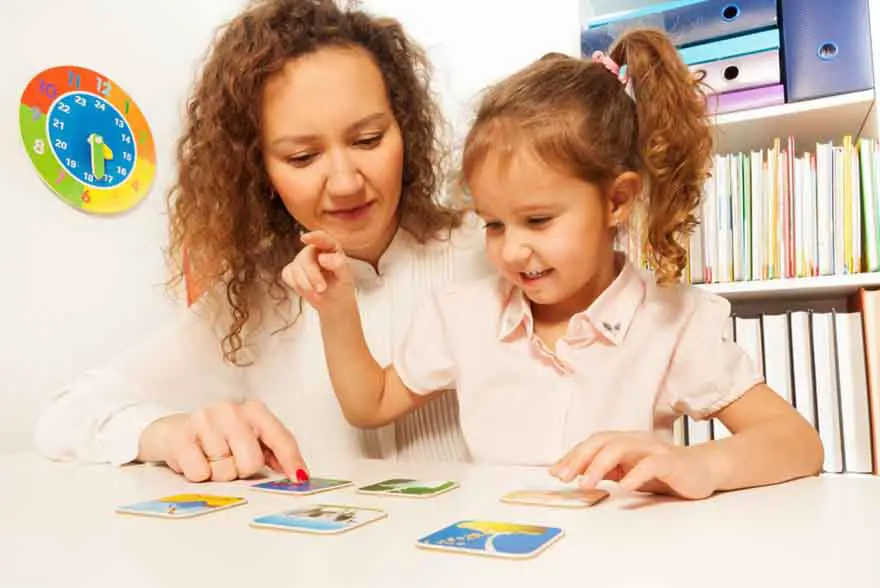
Emotion picture cards are less about breaking down what emotions are, and more with recognizing expressions. They’re usually simple cards, with an over-exaggerated face on one side and the name of the emotion on the back. They’re easy to use and are mostly used for autistic children who have a particular difficulty with recognizing expressions.
We have free printable picture cards available online that you can download and print here.
With emotion cards, it’s all about practice and routine. Have them take a look at the varying expressions and see if they can identify each one. While the over-exaggerated nature of the pictures may not seem too realistic, you have to remember that your child will be bonding with other children at school, who tend to be very expressive at such a young age. As they grow older, your child will grow to recognize the nuances of expressions and their friends grow as well. To use an analogy, it’s like you’re starting the kindling of social knowledge while your child’s friends feed that flame to grow brighter and brighter.
One last piece of advice is that you should practice without picture cards and use your own face instead to make these expressions, just to make sure your child is understanding the subject material and not just memorizing the cards. Also ask others to participate, such as your friends or your partner if you have one. It’s good practice for them, and can also be fun.
Emotion Color Wheel
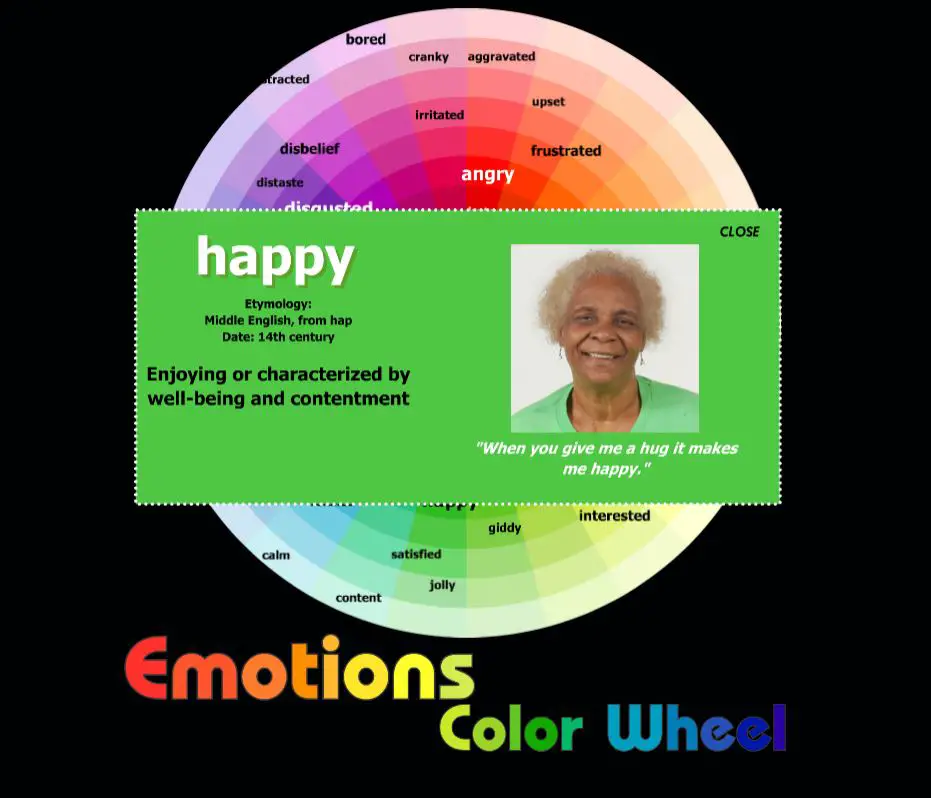
This one is more focused on helping your child to identify and express their own emotions. You can easily find an emotion color wheel online, but for children, I suggest a simple one with the emotions fear, anger, sadness, happiness, surprise, and disgust. As they get older, you can move onto a more nuanced wheel with more emotions like “proud” and “curious” and “frustrated”.
We have an interactive emotion color wheel that you can access right here.
The emotion color wheel should be used every day and be treated like gospel. Not only does it help a child to express their feelings, but it allows them to explore their own identity. Whenever a conversation is happening, or perhaps a big change has recently occured, you should have the child use the emotion wheel and point to exactly how they feel in that moment.
It allows them to think and consider just what they’re experiencing inside, before placing it on the map of emotions. This is also why I say to use a more complex wheel as time goes on, as it teaches them more terms and nuanced feelings. Not to mention it will help you to understand how your child is feeling at times so that you can act accordingly. You should also use it yourself, as allowing your child to see what their mom or dad is feeling on the same map they use will allow them to recognize the signs you give off, such as expression, stance, and tone. This is meant to bring you and your child closer together while still providing valuable information to them and the social interactions they had.
One thing I’ll always suggest is having them place their emotions after a day of school. It not only has them identify how they feel, but also reflect on the day and think back on how people made him feel.
Stories and Videos

This one will be far more relaxed and will allow your and your child to bond while still teaching emotions. Stories and videos revolving around social situations are fairly critical for a young child. It gives them a vast array of scenarios and characters for them to identify and understand. These stories and videos should usually relay lots of emotion and, if possible, spell it out just a bit.
With regular stories, you should pick children’s books about the subject at hand. There’s tons of books dedicated to that sort of thing, but also stories about friends getting into arguments, having fun, having problems, or getting through tough situations. Try to pick stories where the characters are noticeably more expressive. For example, No, David! would be good not only to show what bad behavior looks like, but also what sort of behavior makes people upset and what sadness and remorse looks like. A book like The Very Hungry Caterpillar is a classic to have in the collection, but isn’t exactly a good story to teach about emotions.
As for videos? For the most part, I recommend movies, especially animated ones, as they’re easier to digest, understand, and identify with. I’d actually recommend some modern Disney and Pixar movies, as they tend to tell nuanced stories and the expressions are painstakingly animated to be as readable for children as possible.
The last thing I’d add to this is that during these books and movies, you might want to stop every so often to ask your child to identify the emotions on display to see if your child is properly digesting the social aspect.
